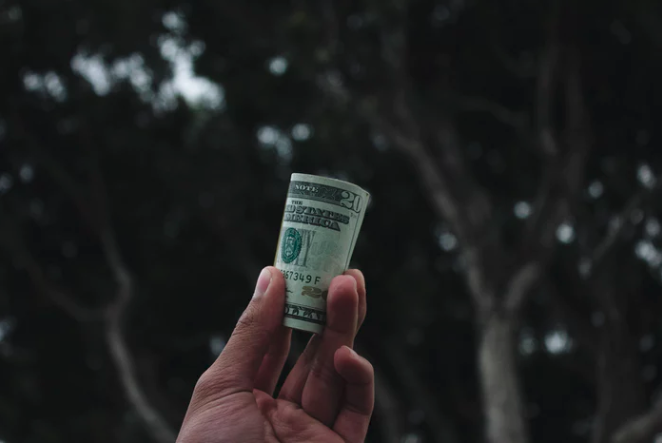Home › Market News › The Most Important Metric in Trading (Hint: It’s Not Your P&L)
Metrics can be a lifesaver for a trader. Without a way to evaluate your strategy, each trade is little more than a roll of the dice. Yes, there’s an element of chance in the markets. But you can’t depend on things going your way if you want to be consistently profitable.
Certainly, there are a lot of interrelated metrics that will ultimately bleed into the bottom line. But, as we have talked about in the past, if you are only focused on your bottom line, you will have a tough time trading.
So what’s the best metric to look at? The risk-to-reward ratio. Broken down, this tells you how much you lose on an average losing trade versus how much you gain on an average winning trade. Other metrics, like your net profit/loss, may make your feel good, but your risk-to-reward gives you the information you can use to actually get and sustain that healthy account balance. Here’s how.
The reason you’re trading is that you want to make money. However, every trade also has risk attached to it. The risk-to-reward ratio measures your potential losses against your anticipated profit.
This can be calculated per-trade by placing stop or limit orders and then letting the trade play out until one is hit. For example, if your stop is three E-mini S&P ($ES) points away, and your profit target is nine points away, your risk-to-reward ratio is 1:3. If you always have that same ratio, then your risk-to-reward will be 1:3 across your entire account.
Because actual trading varies from targets, we provide all the data you need to get this information on your Trade Report. Below is a sample Trade Report from Z.S., a funded trader from New Jersey:

In his Funded Account®, you can see that Z.S. makes an average of $198.15 on his average winning trade and loses an average of $126.71 on his average losing trade. That’s a risk-to-reward ratio of 1:1.56.
The risk-to-reward ratio tells you a number of important things, including:
For Z.S., he’s working on bringing up his winning trade percentage, keeping his risk-to-reward consistent. If he brings his winning trade percentage to 50%, his expected P&L per trade increases by 5x to $35.72.
OK, so what number should you be targeting? Again, that’s a moving target based on your strategy and winning percentage.
But as a general rule of thumb, TopstepTrader Senior Performance Coach John Hoagland — a 25+ year trading veteran — recommends a minimum that traders should try to make 2x as much on their winning trades as they lose on the losing trades. That will allow them to be profitable trading whether they are successful 60% of the time (as we are in the good times) or 40% of the time (as we may be in the bad times).
By telling you all these things, the risk-to-reward ratio is the most powerful metric in trading. So if you want to increase profits, it’s the best place to start.
